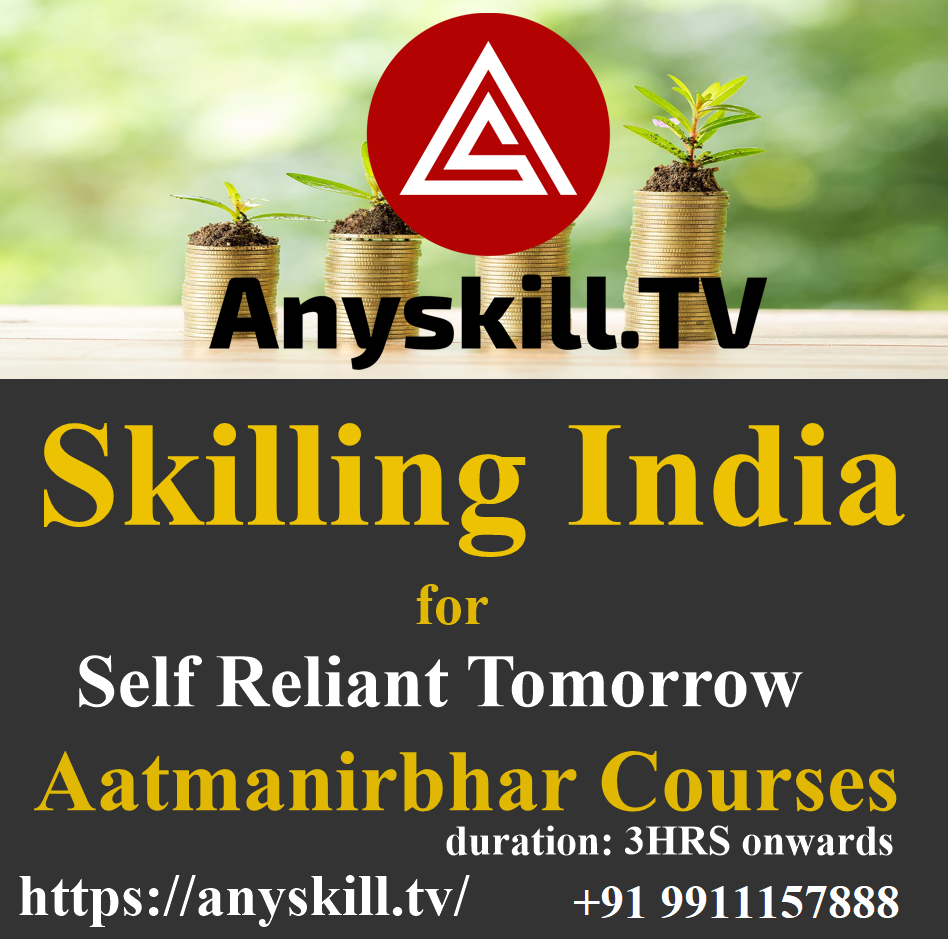All schools have also been closed due to worldwide lockdown. Schools in India undergo exams in March and new classes start again in April. But due to the closure of the school, children have not been able to study this time.
Private schools have devised a solution to this problem, especially through the medium of digital education. In which online classes are being taught to children by forming a WhatsApp group. But the reading material that is made or sent in these mediums is not designed to keep children in mind.
Most of the schools are picking up old uploaded videos from place to place and sharing the children. Children are having difficulty in understanding this because the content syllabus is not in conformity. By the way, many schools in the country are studying online.
But there are also many schools which are not equipped with facilities, in which they are unable to study online. Anyway, for online studies, children also have to have a system of mobiles and laptops. When the availability of internet is available to only 24 percent of the households in India, then the importance of online education itself raises questions.
In such a situation, it is natural for parents of students deprived of online education to be concerned. In fact, the school management is wishing that children should not be dissuaded from education during lockdown. They read their syllabus according to the new class.
Also Read: 12-Year-Old Girl Sexually Assaulted In Paschim Vihar, Delhi
There are also many practical problems in online education, but when the school is not under threat in lockdown, online class is a great support. Children are forced to sit on the screen for hours while studying online. Children are facing many challenges while studying online.
The medium of instruction for most private schools is English, which is very difficult for these children to understand by themselves. The second major challenge is the lack of necessary resources for these children’s online classes. Online classes require Android phone / computer / tablet, broadband connection, printer etc.
Most rural children do not have the financial condition of their family due to which they do not have the necessary equipment for digital classes, due to which they are not able to do the class, while the other classmates of these children are currently studying through online classes. Huh. Only those families that can be counted will have these devices available.
An NGO named Local Circle has conducted a survey in which 23 thousand people from 203 districts took part. Of which 43% said that they do not have a computer, tablet, printer, router for children’s online classes.
Global studies show that only 24% of Indians own a smartphone. According to the National Sample Survey Report 17-18, 11% of households have desktop computers / laptops / notebooks / netbooks / palmtops or tablets. According to this survey, only 24% of Indian households have internet access, with 42 percent of it in urban households and only 15% in rural households having access to internet services.
Also Read: Riya’s Lawyer Raises Questions On Transfer Sushant Case To CBI
Internet usage is also different from state to state. In states like Delhi, Kerala, Himachal Pradesh, Haryana, Punjab and Uttarakhand, more than 40% of the households have internet access whereas in states like Bihar, Chhattisgarh, Jharkhand, Madhya Pradesh it The ratio is less than 20%.
WhatsApp groups are being created by schools for digital studies and adding the numbers given to children in school records, but these children do not have a phone, the numbers in the records belong to the elders of the family. Because these children do not have their own phones but sometimes there is a phone for the whole house and the head of the family is used the most, or there is no WhatsApp in the phone, then how will the children be able to read?
A problem is also facing the network. Due to the lockdown, there is a lot of internet usage, due to which the speed has reduced, the family of these children also have a lower net plan, which causes frequent interruptions in the net, downloading of reading material. Taking too much time, the quality is also poor which makes it difficult for children to read and understand.
Q.S. According to the survey, the biggest problem in broadband / mobile is that of poor connectivity. Non-availability of electricity in rural areas is also a hindrance. Based on the survey conducted in the villages by the Ministry of Rural Development in 2017-18, only 47% of the households in India get more than 12 hours while 33% get 9-12 hours of electricity and 16% families get one to eight hours of electricity daily. .
Yes, there is one thing that private education institutions are charging the parents by charging it. Private schools have issued notices to parents for purchasing new books and then depositing fees. The fees are also being opposed by parents on social media and WhatsApp. The Ministry of Human Resource Development should take this subject seriously.
It is true that the management of the institute is also having to bear other expenses including salary but due to lack of teaching work in school or college, there will be considerable expenses. The government should coordinate and make arrangements to protect the economic interests of both the parties.
Apart from all this, online studies have started causing problems in children. The power to remember is also decreasing. Because the child saves everything on the computer. No studies are being done from the book, so that the child should also remember. In the absence of teacher evaluation, children are not able to work in online courses with the interest they do in school. The way mobile has stopped, we have to remember the number. In the same way, children are losing memory due to online studies.
Psychoanalysts believe that online learning is good for middle-class children, but many playschools and elementary schools have also introduced online medium courses for younger children. In such a situation, parents need to be especially vigilant. Older children also need to be monitored. The lockdown has been passed for more than two months. The creative ability of children can be affected by sticking to mobiles and laptops for most of the time in homes. This will directly affect the mental development of children.
News Source: Google
Also Read: Airtel Xstream Box For Airtel Broadband Users For Just Rs 1,500


 SSC Exam Calendar 20252 months ago
SSC Exam Calendar 20252 months ago%20(2).jpg)
%20(2).jpg) Celebrity Lifestyle1 month ago
Celebrity Lifestyle1 month ago
 Celebrity News1 month ago
Celebrity News1 month ago
 Trending1 month ago
Trending1 month ago
 Web Series1 month ago
Web Series1 month ago
 Virat Kohli2 months ago
Virat Kohli2 months ago
 Pakistan2 months ago
Pakistan2 months ago
 Delhi AQI2 months ago
Delhi AQI2 months ago
.jpg)
.jpg)
.jpg)
.jpg)
.jpg)

.jpg)
.png)







